The National Center for Hydro-Meteorological Forecasting said this cold spell is expected to last until the end of the week.
Early this morning (November 19), the cold air mass covered most of the Central Central region, causing rain and showers in the North and North Central regions. The temperature recorded at 4:00 a.m. on November 19 in some places such as: Van Ly (Ninh Binh) 13 degrees Celsius, Tan Phong (Lai Chau) 13 degrees Celsius, To Hieu (Son La) 12 degrees Celsius, Hoa Binh (Phu Tho) 13 degrees Celsius, Yen Bai (Lao Cai) 14 degrees Celsius, Bac Kan (Thai Nguyen) 12 degrees Celsius, Thuc Phan (Cao Bang) 12 degrees Celsius, Luong Van Tri (Lang Son) 10 degrees Celsius, Hoan Kiem (Hanoi) 14 degrees Celsius, Hac Thanh (Thanh Hoa) 14 degrees Celsius, Truong Vinh (Nghe An) 15 degrees Celsius...

The North has experienced the coldest spell since the beginning of winter. Photo: Trung Nguyen.
Many coastal and island stations such as Bach Long Vy station experienced winds of level 7, sometimes level 8, gusting to level 9; Hon Ngu station recorded northeast winds of level 6, gusting to level 7; Con Co station had strong winds of level 6, gusting to level 8; at Ly Son, northeast winds reached level 6, sometimes level 7, gusting to level 8.
According to Mr. Nguyen Van Huong, Head of Weather Forecasting Department, National Center for Hydro-Meteorological Forecasting (Department of Hydro-Meteorology, Ministry of Agriculture and Rural Development), the current cold spell is considered the strongest since the beginning of the season. Cold air combined with the high-altitude wind convergence zone will cause rain and showers in the Northern region until the end of November 19.
“November is usually a dry month in the North. However, the unusual thing is that recently there have been rare phenomena such as humidity and unseasonal rain, showing quite large fluctuations in atmospheric conditions,” Mr. Huong said.
It is forecasted that today and tomorrow, the cold air will continue to strengthen, expanding its influence deeper into the Central and South Central provinces. On land, the northeast wind will generally be level 3-4, especially in coastal areas, it can reach level 6, gusting to level 7.
| Forecast time | Area of influence | Lowest temperature | Average daily temperature |
| Day and night of November 19 | Northern and North Central regions | 12-15 degrees Celsius, mountainous and midland areas of the North 9-12 degrees Celsius, high mountainous areas in some places below 5 degrees Celsius | 14-16 degrees Celsius, mountainous and midland areas of the North 13-15 degrees Celsius, high mountainous areas in some places below 12 degrees Celsius |
| Quang Tri and Hue City | 17-19 degrees Celsius | 20-22 degrees Celsius, some places below 20 degrees Celsius | |
| Day and night November 20 | Northern and North Central regions | 13-16 degrees Celsius, mountainous and midland areas of the North 10-13 degrees Celsius, high mountainous areas in some places below 6 degrees Celsius | 16-18 degrees Celsius, mountainous and midland areas of the North 14-16 degrees Celsius, high mountainous areas in some places below 13 degrees Celsius |
| Quang Tri and Hue City | 18-20 degrees Celsius | 21-23 degrees Celsius, some places below 21 degrees Celsius |
Under the impact of the intensifying cold spell, the North, Thanh Hoa and Nghe An will continue to experience rain and showers in the early morning, then gradually decrease to only rain in some places. The sharp drop in temperature has caused the North and North Central regions to enter days of distinct cold; the mountainous and midland areas of the North will experience severe cold, some high mountainous areas may experience severe cold. The Northern Delta may experience localized cold. In Quang Tri and Thua Thien Hue, it will be cold at night and in the morning.
From November 20, when the high-altitude wind convergence zone weakens, the North will still be affected by cold air. The weather will turn cold at night and in the morning, and sunny during the day. During the period of November 20-23, mountainous areas need to be on guard against frost that can affect crops and livestock.
From Da Nang to Khanh Hoa there is widespread heavy rain.
Due to the influence of the cold air strengthening combined with disturbances in the upper easterly wind zone, there has been widespread heavy rain in the area from Da Nang City to Khanh Hoa. Particularly since last night and early this morning (November 19), there has been heavy to very heavy rain in the Da Nang City area, the eastern part of the provinces from Quang Ngai to Khanh Hoa. Locally at Ba Dien station (Quang Ngai) 168mm, Hoa My Tay station (Dak Lak) 319mm, Canh Lien station (Gia Lai) 245mm...
According to the Department of Dyke Management and Natural Disaster Prevention, the heavy rains that have lasted from November 15 to now have killed or left missing 15 people in Hue, Khanh Hoa, Quang Tri, and Da Nang. Floods on many rivers have inundated more than 17,700 houses and forced the evacuation of nearly 10,000 people, causing heavy damage to agricultural production and livestock.
The natural disaster situation is still very complicated when it is forecasted that in the next 1-2 days, Da Nang city, the east of Quang Ngai to Dak Lak, the north of Khanh Hoa will still have heavy rain from 100 - 250mm, locally over 350mm. The south of Khanh Hoa will have rain from 60 - 120mm, locally over 200mm.
Today, the rain in Hue City and the Central Highlands will decrease, with only some areas experiencing heavy rain. Ha Tinh, Quang Tri and the Southern region will have scattered showers and thunderstorms; some areas will experience heavy rain. However, extreme caution is needed in thunderstorms with the possibility of tornadoes, lightning, hail, and strong gusts of wind.
People need to follow the recommendations of the authorities and local governments to ensure safety in case of natural disasters. In particular, regularly check around the residential area and evacuate immediately when detecting signs of landslides, mudslides, and flash floods. Do not go through tunnels, overflows, and wear life jackets when moving in high flood conditions.
Source: https://nongnghiepmoitruong.vn/dot-ret-o-mien-bac-con-keo-dai-den-het-tuan-d785118.html


![[Photo] Prime Minister Pham Minh Chinh and his wife meet the Vietnamese community in Algeria](https://vphoto.vietnam.vn/thumb/1200x675/vietnam/resource/IMAGE/2025/11/19/1763510299099_1763510015166-jpg.webp)
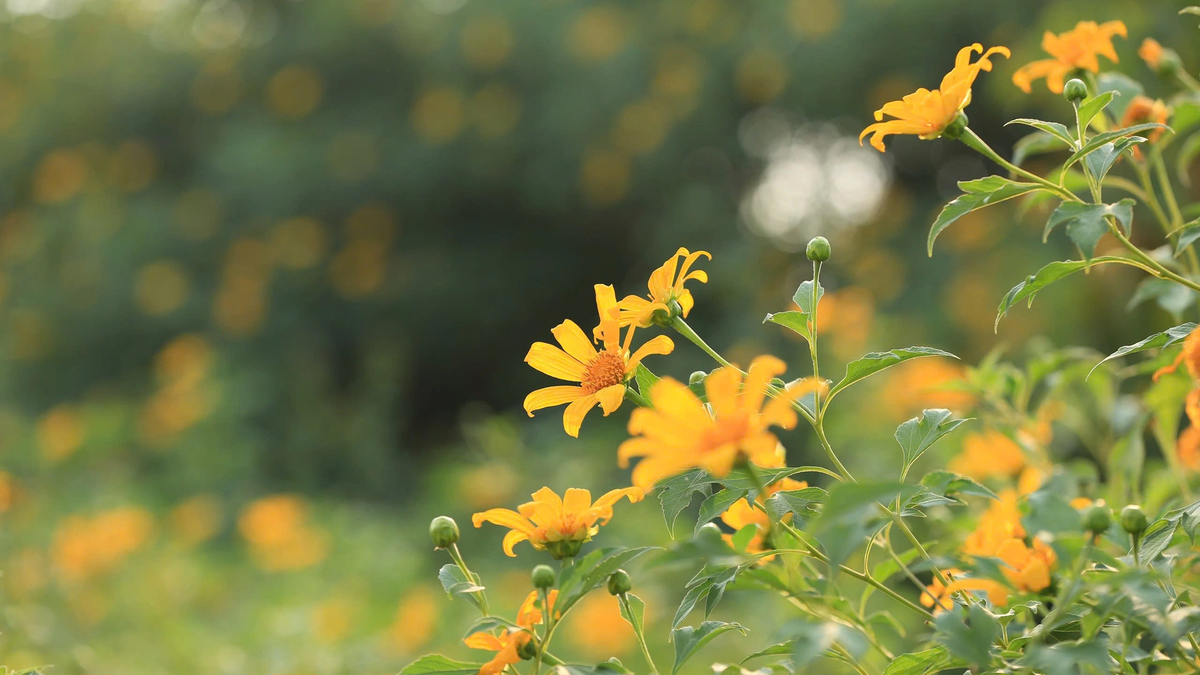
![[Photo] The Standing Committee of the Organizing Subcommittee serving the 14th National Party Congress meets on information and propaganda work for the Congress.](https://vphoto.vietnam.vn/thumb/1200x675/vietnam/resource/IMAGE/2025/11/19/1763531906775_tieu-ban-phuc-vu-dh-19-11-9302-614-jpg.webp)
![[Photo] General Secretary To Lam receives Slovakian Deputy Prime Minister and Minister of Defense Robert Kalinak](https://vphoto.vietnam.vn/thumb/1200x675/vietnam/resource/IMAGE/2025/11/18/1763467091441_a1-bnd-8261-6981-jpg.webp)













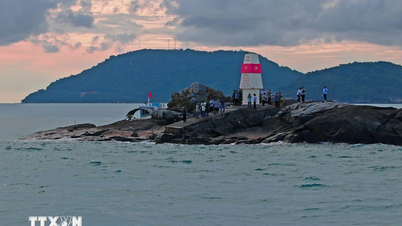

















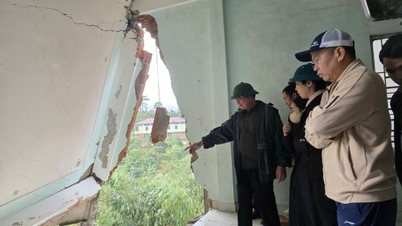

![[Photo] General Secretary To Lam receives CEO of AP Moller-Maersk Group, Denmark](https://vphoto.vietnam.vn/thumb/1200x675/vietnam/resource/IMAGE/2025/11/18/1763462288958_a3-bnd-8222-2510-jpg.webp)








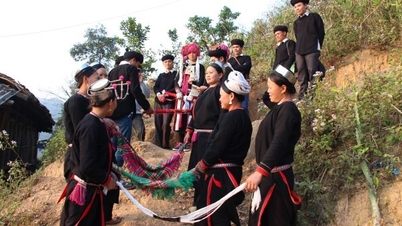



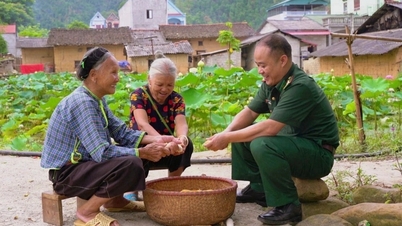









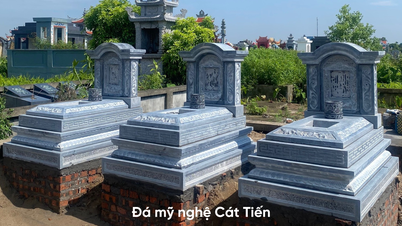

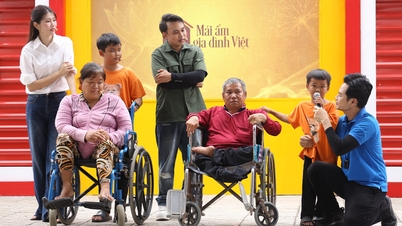

















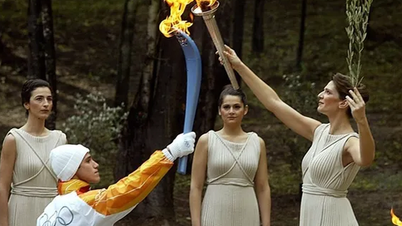






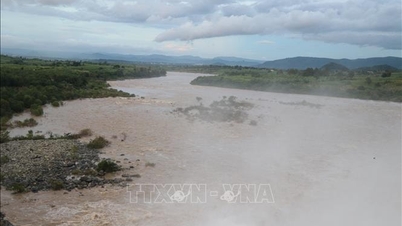




















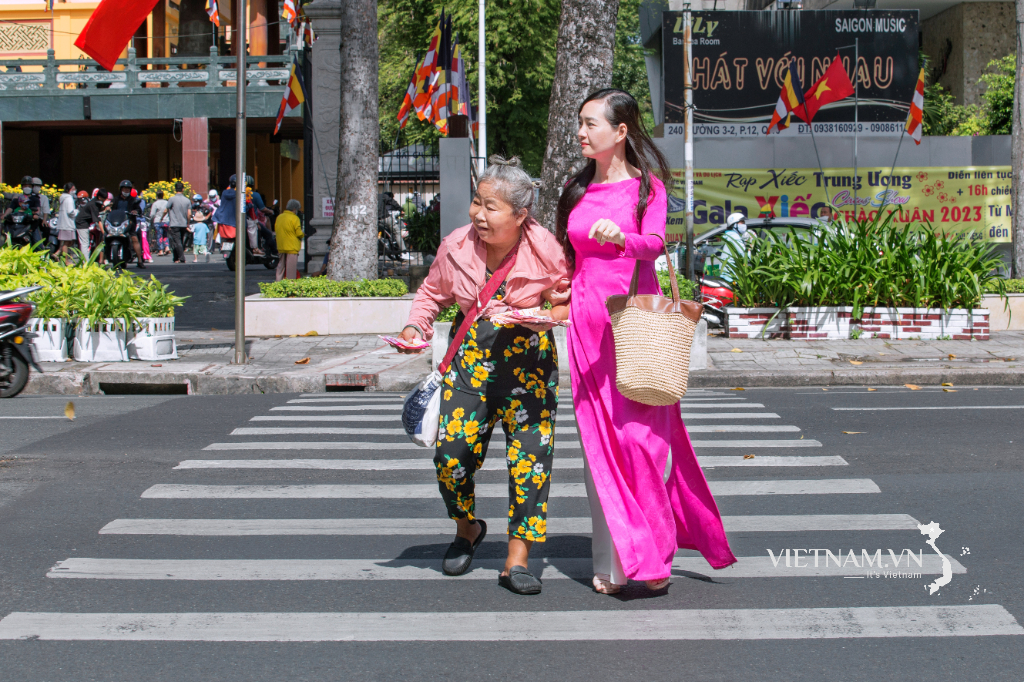

Comment (0)